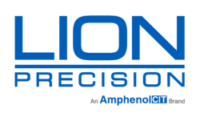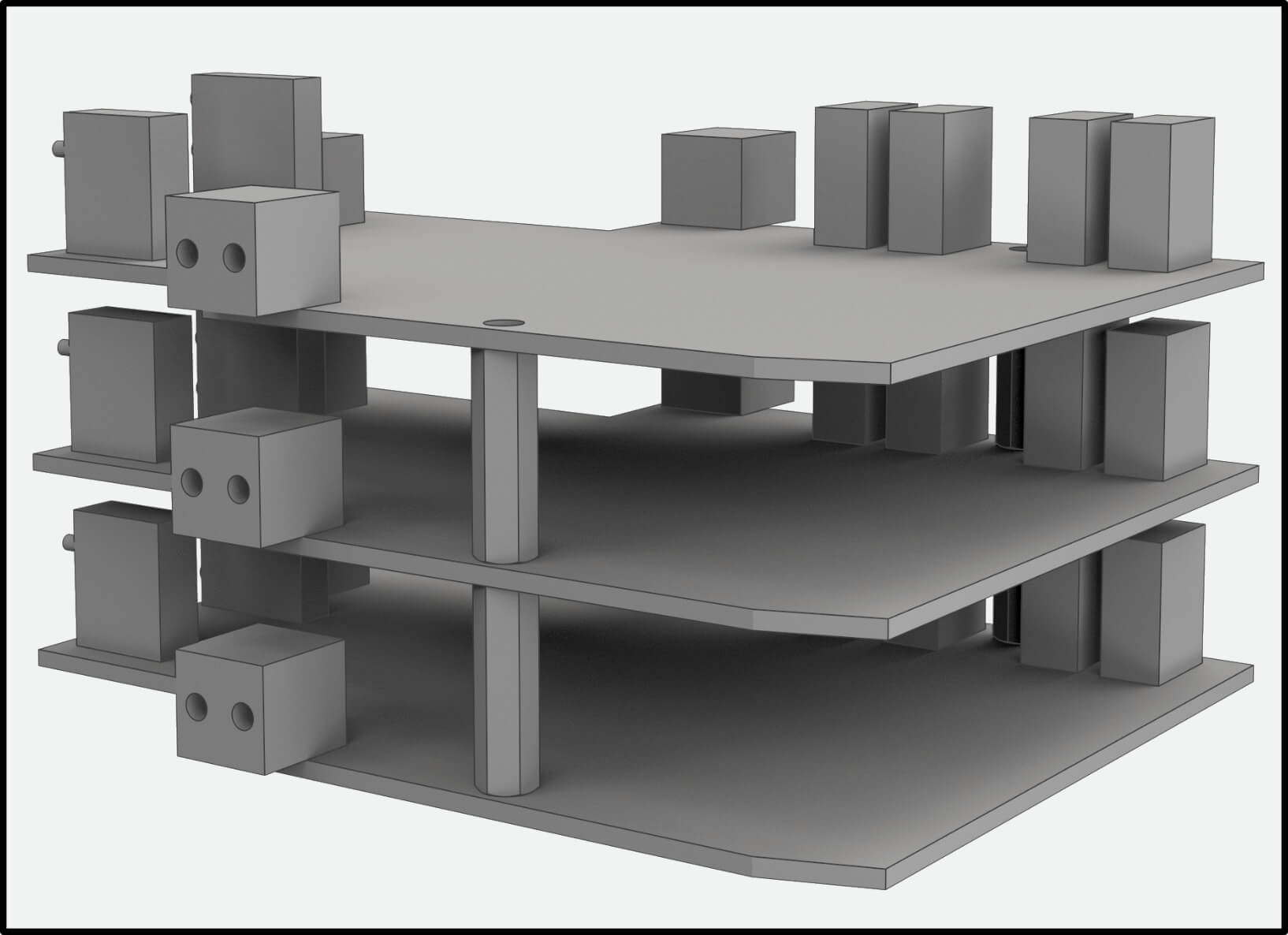
USER’S GUIDE for the
ECL110 – Eddy-Current Displacement Sensor
Description
The ECL110 is a stack of ECL101 sensor drivers without enclosures. It operates on 12-24 VDC and produces 0-10 VDC outputs which are linearly proportional to the distance between the probes and their targets. It is intended for use within a customer supplied shielded enclosure.
Approvals and Safety Considerations
The ECL110 is compliant with the following CE directives when enclosed in a shielded enclosure:
2001/95/EC (General Product Safety), 2004/108/EC (EMC) as validated using the following standards: Safety: 61010-1:2001; EMC: 61326-1, 61326-2-3
To maintain compliance with these standards, the following operating conditions must be maintained: • All I/O connecting cables must be less than three meters in length
- Use the CE approved power supply available for purchase with the sensor. If an alternative power supply is used, it must have equivalent CE certification and provide safety isolation from the mains according to IEC60950 or 61010.
- AC power cables must be rated at a minimum of 250 V and 5 A
- AC power must be connected to a grounded mains outlet rated less than 2 0A
- Sensors must not be attached to parts operating at hazardous voltages in excess of 30VRMS or 60VDC
- All external connections must be SELV (Safety Extra Low Voltage).Use of the equipment in any other manner may impair the safety and EMI protections of the equipment.
Probe Mounting
Probes must be mounted to avoid interaction with the mounting hardware and interaction between adjacent probe fields. The distance between multiple probes must be at least 3 probe diameters. The area within 3 probe diameters to the sides and 1.5 diameters behind should be kept clear of adjacent probes or any metallic objects other than the object to be measured.
If this is not possible, field calibration may be required.
 |
Extension Cables
If a probe extension cable is included, the sensor is calibrated with the extension cable attached. Operating the sensor without the extension cable will degrade performance.
Range Indicator Operation
Dual color LEDs indicate the relative position of the target as shown in Figure 1. Green indicates the probe is in calibrated range; red indicates the probe is out of calibrated range. The Near and Far indicators indicate the last 20% of range in each direction.
Zeroing the Output
The sensor is factory calibrated to produce an output of zero volts when the Zero Adjustment is at the center of its adjustment range and the probe is at the Near Gap (nearest calibrated point). The Zero Adjustment provides a ±0.5 VDC shift to the output. Do not turn the Calibration Adjustments unless recalibrating the device.
Connecting/Matching the Probes to the ECL110
The ECL110 drivers are calibrated to specific probes. The probes include small cable collars with a channel number. The channel number of each driver board is marked with a Channel Indicator label near the probe connector (Figure 1). The driver on the bottom of the stack is always CH 1 (Channel 1) and the rest are numbered sequentially upward. Using probes with unmatched drivers will degrade performance.
Connecting to the ECL110
Individual driver power supplies are interconnected. Power need only be connected to any one driver.
| 12-24 VDC | Power input: +12 to +24 VDC @2 W/Channel. Input voltage ripple must be less than 40 mV p-p to maintain specifications. |
| V Out | 0-10 VDC calibrated output. Actual output voltage can range from –5 V to +12.5 V when the probe is out of range |
| Ground | Reference for analog output voltage and power supply return. |
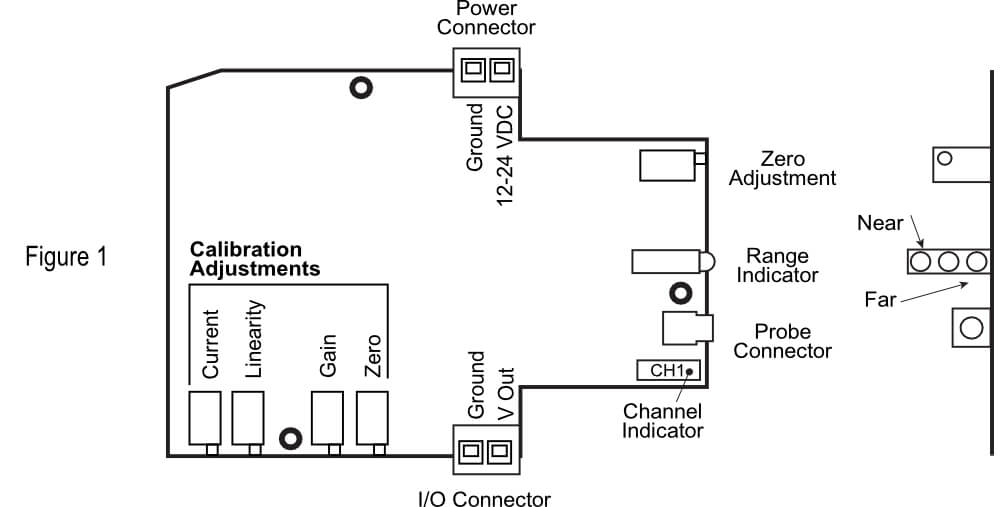 |
Calibration Adjustments
Any change in these adjustments will void the NIST traceable calibration certificate shipped with the sensor.
These instructions are for calibration of the same model probe to the original range as shipped from the factory. Calibration to a significantly different range and/or offset will adversely affect the sensor’s performance and range LEDs operation.
A suitably precise method to accurately adjust the probe/target gap is required for calibration.
|
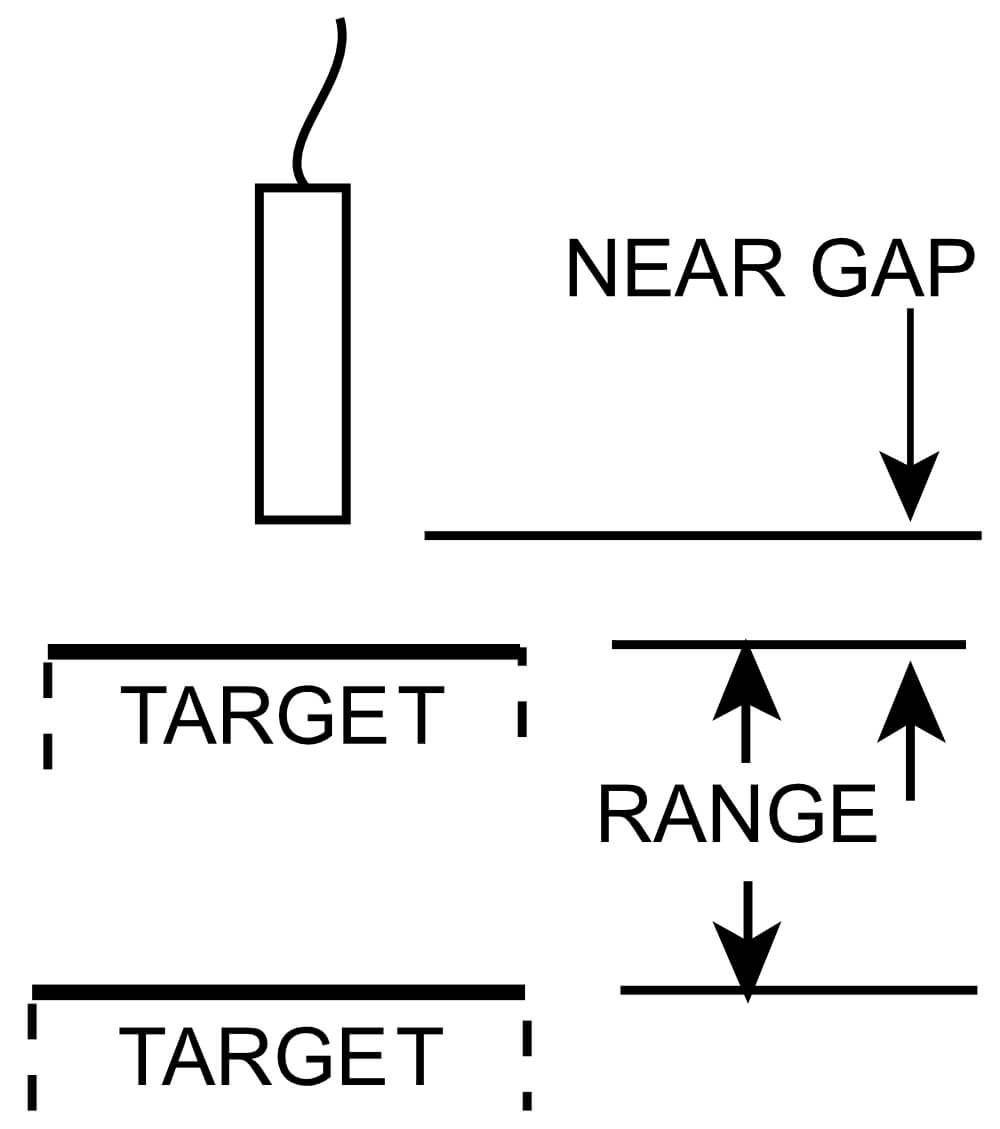 |
Hint: When adjusting linearity, adjust the output for the same but opposite amount of error voltage. For example, if the output is 9.950 VDC adjust it to 10.050 VDC. This will shorten the total number of iterations of steps 2-7.
Specifications
| Analog Output |
0-10 VDC, 0 Ω,
15 mA max
|
|
| Resolution* | 0.008% typical dependent on calibration | |
| Linearity | 0.05% | |
| Probe Thermal Drift and mid-Range | ±0.04%FS/°C | |
| Input Power | 12-24 VDC, 2 W per channel | |
| Driver Operating Environment | 4°C to 50°C, IP40 | |
| Probe Operating Environment | Standard Probes | -25°C to 125°C, IP67 |
| High Temperature Probes | -25°C to 200°C, IP63 | |
* Specifications are based on Aluminum and/or 4140 Steel targets. The ECL110 comes calibrated to either a standard or customer specified Near Gap and Range. Refer to the supplied calibration record for specific calibration information.
In high EMI environments (10 V/m) output level may shift and noise levels may rise to 50 mV RMS (0.5% resolution)
Mechanical Detail
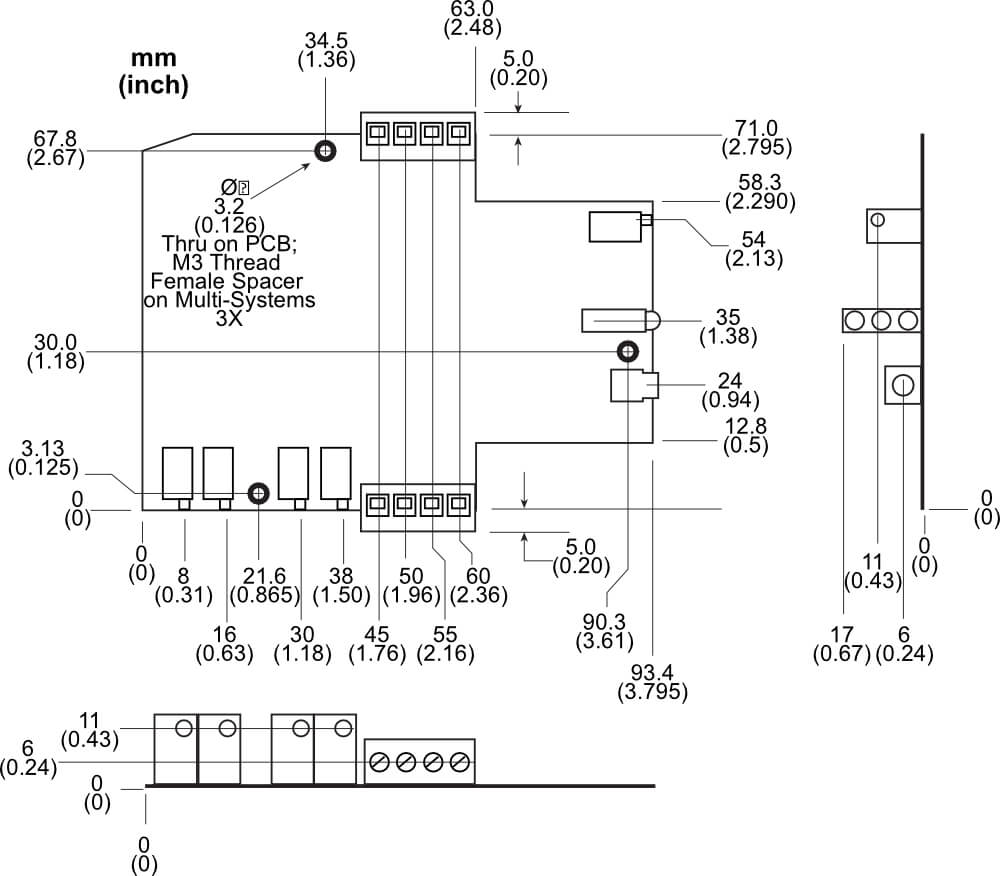 |
More Information
For more detailed information on the theory of operation and application of eddy-current displacement sensors, visit our web site at www.lionprecision.com.
For applications assistance or customer service: Call 651-484-6544,
E-mail: info@lionprecision.com
